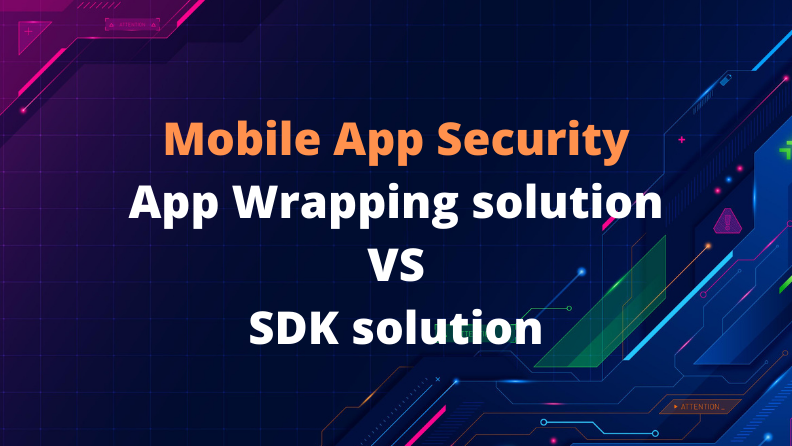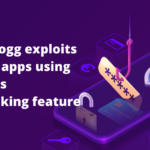With the evolution of bring-your-own-device (BYOD) policies in the corporate world, there arises a critical need to protect corporate networks and sensitive data from being compromised in a user’s device. Since it is inevitable that the user will use other apps on the same device, an enterprise should be concerned about these apps’ ability to breach data and services offered by the enterprise app. Implementing mobile app security through the mobile application management (MAM) approach, thus, becomes an essential element of an enterprise’s security architecture. This approach becomes indispensable to protect the huge data volume (both personal and corporate) being transacted daily on corporate and personal mobile devices.
MAM for App Security
Essentially, there are two methods for securing mobile applications through MAM – using software development kits (SDKs) or app wrappers. Both these methods achieve granular control on app and data, including enforcing data encryption and compulsory use of the company’s VPN, preventing data access by unauthorized parties, including the device user, and maintaining device integrity. They also allow the system admin to remotely access the app to manage and control the app on the user’s device and wipe content if required.
Hence, a pertinent question to ask while choosing the right MAM approach is “which of the two methods is better?” The answer to this question depends on several factors, including, but not limited to, the context or scenario of usage, the required level of data security, and the type of content which needs protection. A comprehensive evaluation of the requirement on these parameters helps in choosing the right app security approach that is most appropriate for your business.
The SDK Method
Using the SDK method requires app developers to integrate the SDK provided by the MAM vendor with the app source code. A pre-condition for employing this method is access to the source code of the app. Hence, developers utilize the software library provided by the MAM vendor and develop the app’s custom components and methods to containerize data and secure the app. It means that developers need to implement the SDK method while the app is being developed, which is in contrast to the app-wrapping method. The SDK method allows developers to keep the business app and associated data in separate encrypted zones in the user’s mobile device, which the user cannot use outside of the app. It, thus, allows them to separate enterprise data from personal data, the latter the user can continue using as per their wish.
This approach ties the organization with the MAM vendor’s products. It also limits the apps that an enterprise mobile ecosystem could support.
App Wrapping for Third-Party Apps
App wrapping, on the other hand, wraps fine-grained security policies around individual applications. Applying this method on the app does not require access to its codebase, hence it can be applied to third-party apps. It adds multiple layers of protection to the app. This sandboxing lets an enterprise secure corporate data after the app compilation and gives it better control over its data. Thus, this method lets an enterprise manage other apps that have access to its corporate resources in the user’s mobile device, which may also have its SDK-protected app. This method limits the actions of a compromised user to create a security breach. Even admins without having any development skills can use the wrapping method to embed security capabilities into the application through a MAM vendor’s solution, which can then distribute the wrapped APK to the enterprise app platform. This reduces the app’s time to market considerably.
However, the app-wrapping technique does not work in the use case of implementing sophisticated security features. In such cases, the SDK method is more appropriate. Though non-intrusive, app wrapping could also potentially violate the application’s copyright and terms of use. Besides, the app requires a fresh round of wrapping whenever there is an update to the app or mobile operating system.
The Best Approach
In a nutshell, the SDK approach is the preferred choice for developing in-house apps and app wrapping for third-party apps. Since mobile AppSec is an ongoing process, an integrated solution comprising both SDK and app wrapping needs thorough consideration with device-specific security needs. Developers should consider necessary security protocols and the evolving security needs of mobile applications in the overarching enterprise security framework and implement MAM in line with those needs.
AppSealing provides enterprises with a powerful security environment, empowered to handle complex security threats using a no-coding, easy-to-setup approach. Using AppSealing, enterprises can easily scale and customize security solutions according to the mobile app’s needs. This proactive approach is indispensable to handle evolving security threats head-on and contributes immensely towards establishing a robust, dynamic threat analytics framework to manage enterprise mobile app needs.






